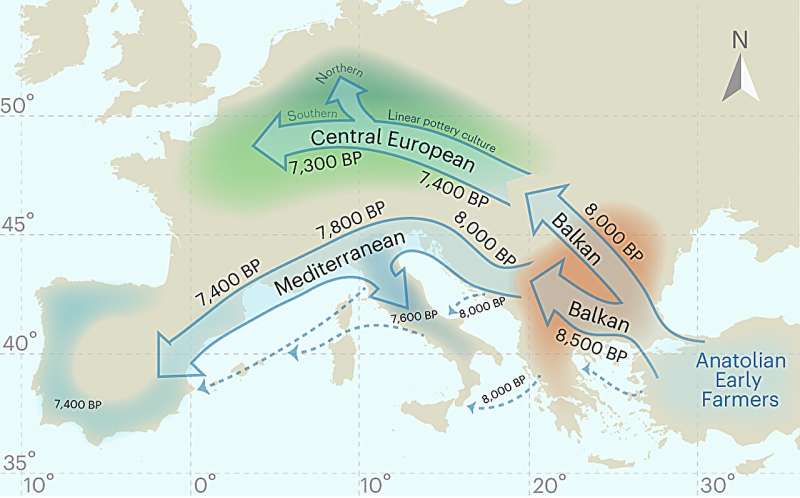
Stonehenge faces the risk of being “de-listed” as a Unesco world heritage site if plans for a nearby road project featuring a tunnel go ahead, the High Court has been told. Campaigners, who are bringing a second legal bid to block the plans, claim the Government was “irrational to give no weight” to the UN agency warning that approval of the £1.7 billion scheme warranted its inclusion on the “list of world heritage in danger”.
Lawyers for Save Stonehenge World Heritage Site (SSWHS) say this would mark “the first step being taken towards de-listing” and would be “the direct result” of the Government’s decision. SSWHS is challenging Transport Secretary Mark Harper’s backing of plans, which include the two-mile tunnel, to overhaul eight miles of the A303.
Read the rest of this article...






